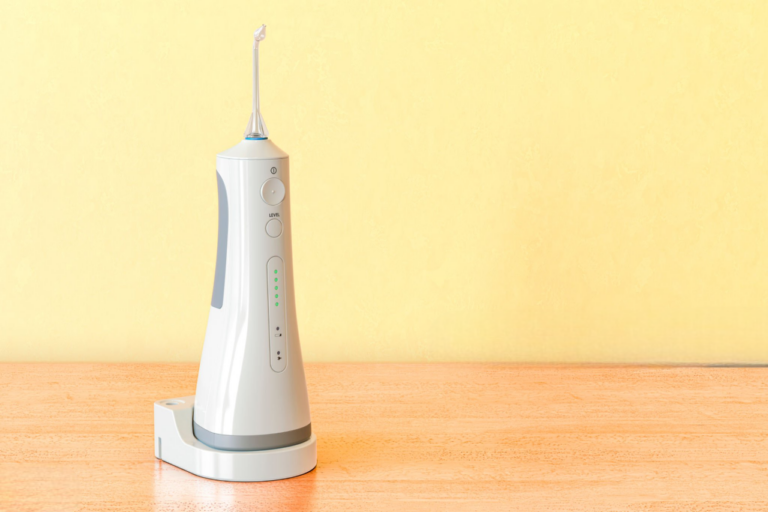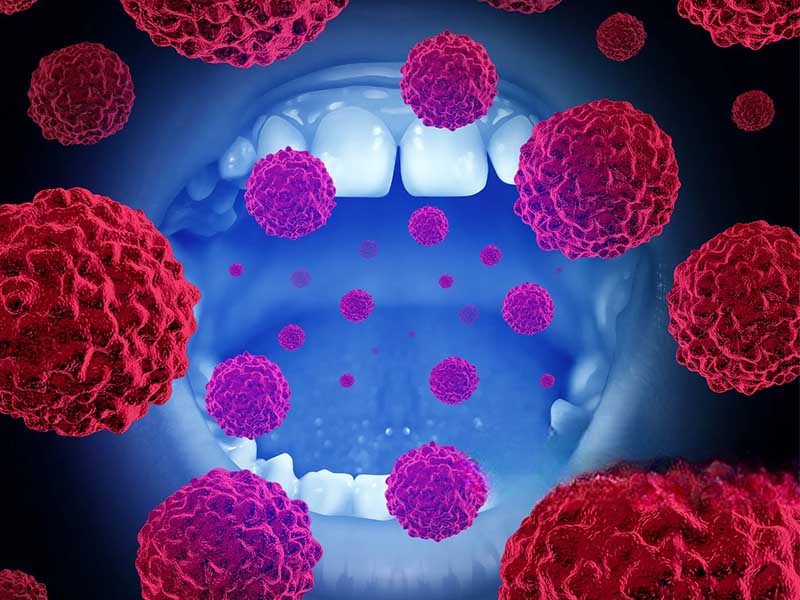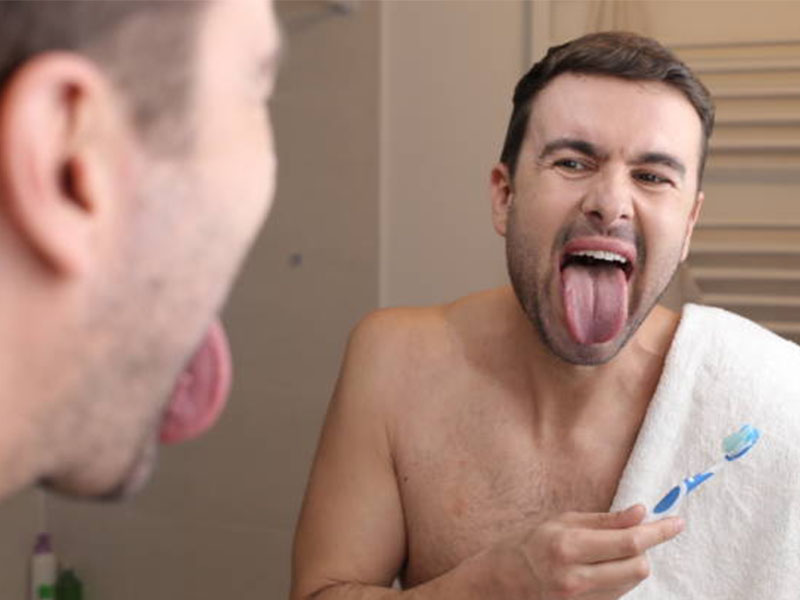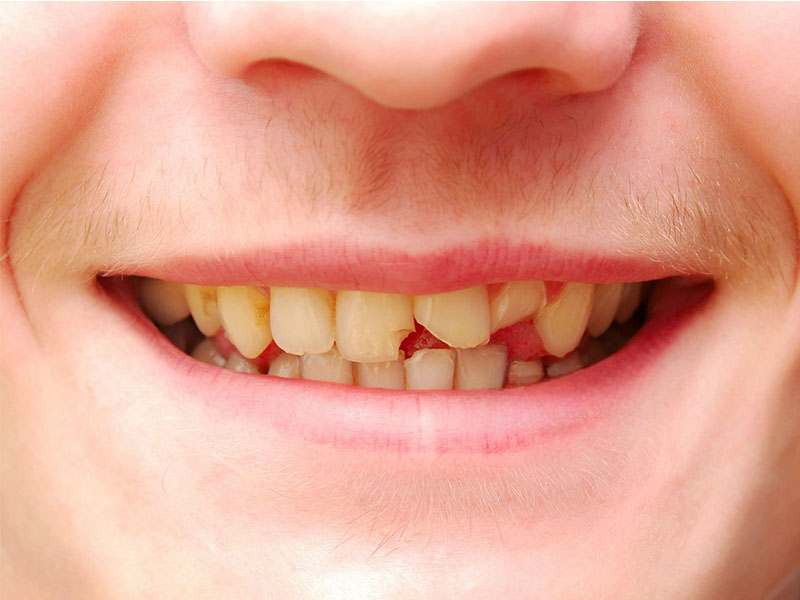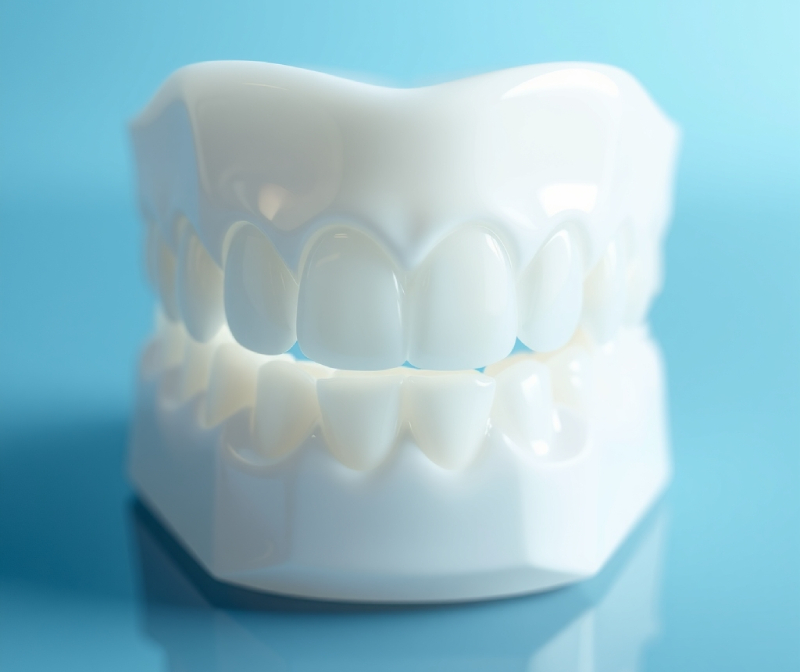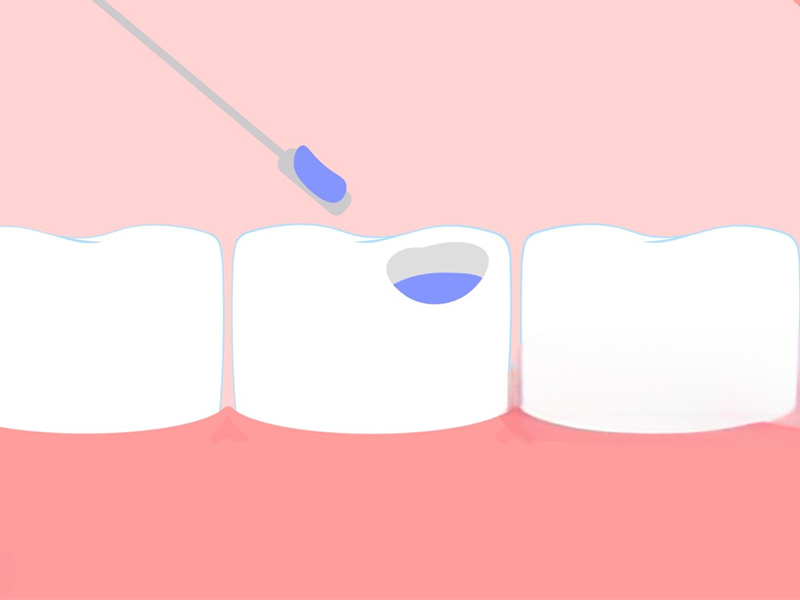
What Are Dental Sealants? My Simple Guide to Stopping Cavities
Before I learned about dental sealants, I was like most people—wondering why my dentist kept bringing them up at every check-up. I wanted real answers. What exactly is a dental sealant? Is it safe for my kids? Should adults like me get them, too? Over time, as both a patient and someone who cares a lot about good health advice, I’ve picked up some helpful tips and read the research. Let me share what I’ve found out in this easy-to-follow guide.
Table of Contents
What Dental Sealants Are: My Super Simple Explanation
The first time I heard “dental sealant,” I pictured something like super glue for teeth. But really, it’s much easier to understand. A dental sealant is a very thin, see-through plastic layer that the dentist “paints” onto the chewing surfaces of your back teeth—mostly your molars and premolars. When I got one, it was quick and easy—a lot better than dealing with a filling.
Why do they use them? Basically, to work as a shield. The clear or tooth-colored coat blocks out bacteria and food that hides in the pits and grooves of those back teeth. If you’ve ever looked closely, those spaces are perfect places for cavities to start. With sealants, cleaning becomes a lot easier, especially for kids who sometimes don’t brush so well.
Dentists use special materials made just for teeth, like composite resins or glass ionomer cements. After the sealant sets, you usually can’t see or feel it. I like to think of it as putting a clear raincoat on your teeth—an extra layer that protects you without you even noticing.
How Dental Sealants Keep Your Teeth Safe (And Why You Should Care)
When I was growing up, I thought if you brushed and flossed, you’d never get cavities. But no matter how much I tried, the grooves in my molars always caught gunk.
Here’s the deal: The tops of your back teeth have lots of little pits and cracks. Even if you’re good with a toothbrush, it just can’t get into every tiny spot where germs and food hang out. Those bacteria, when mixed with leftover food—especially sweets—create acids that start to eat away at your enamel and make cavities.
Dental sealants fill up these tough spots. The dentist puts the sealant on, it flows into every crack, then hardens to make a barrier. No more food hiding out. No more bacteria moving in. In my family, sealants meant far fewer cavities—especially after my kids got their first adult molars.
Sealants help brushing work even better. Even if you’re in a hurry, your protected teeth have a better chance of staying healthy.
Who Gets Dental Sealants? Real-Life Examples
I used to think sealants were just for kids. Turns out, I was wrong.
Kids and Teens:
Sealants work best right when the first and second adult molars come in. That’s usually at age 6 (for the first ones) and age 12 (for the second ones). My kids got their sealants as soon as those teeth appeared, and it made a big difference—we saw way fewer cavities.
Here’s why: brand new adult teeth are still pretty soft and easier to damage. Sealants give them protection right away when they need it most.
Adults:
Surprisingly, lots of adults can get sealants too—especially if their molars have deep grooves and don’t already have fillings or cavities. I got one in my thirties when my dentist pointed out a spot that always gave me trouble.
High-Risk Teeth and Patients:
Not every tooth needs to be sealed. But if a tooth has big grooves or cracks, it’s a good idea. Kids who have trouble brushing—for example, those with special needs—can really use the help. Even some baby teeth might get sealants if they’re likely to get cavities.
Bottom line: Sealants aren’t just for kids. If your dentist thinks your teeth are at risk (maybe from a sweet tooth, dry mouth, or lots of past cavities), they might recommend sealants no matter your age.
What Happens at the Dentist: Step-by-Step Application
I’ll admit it—I was nervous before my first sealant. I thought, “Is this going to hurt?” Turns out, the whole thing was super simple. Here’s what happened, and what you can expect:
Step 1: Cleaning
The dentist or hygienist cleans your tooth to get rid of any leftover food or plaque. This helps the sealant stick well.
Step 2: Keep Tooth Dry
They put some cotton rolls or a tiny rubber sheet around the tooth to keep it dry. If your tooth is wet, the sealant won’t stick.
Step 3: Etching
They use a gentle acid liquid (don’t let “acid” scare you) to rough up the surface a little. That helps the sealant grab on. I barely noticed it—didn’t hurt at all.
Step 4: Rinse and Dry Again
They rinse everything off and dry the tooth so it’s ready.
Step 5: Put On the Sealant
The dentist brushes the liquid right onto the chewing surface. It runs into all the little spots.
Step 6: Hardening
A blue light shines on your tooth for a few seconds to make the sealant hard. One second it’s liquid, the next second, it’s set.
Step 7: Check
They make sure it feels smooth and your bite is normal. If needed, they’ll fix it then and there.
How long does it take? In my experience, you’ll be surprised—just a few minutes a tooth. My kids were done before they knew it.
There’s no drilling, no shots, and no pain. My youngest even thought it was the best trip to the dentist ever!
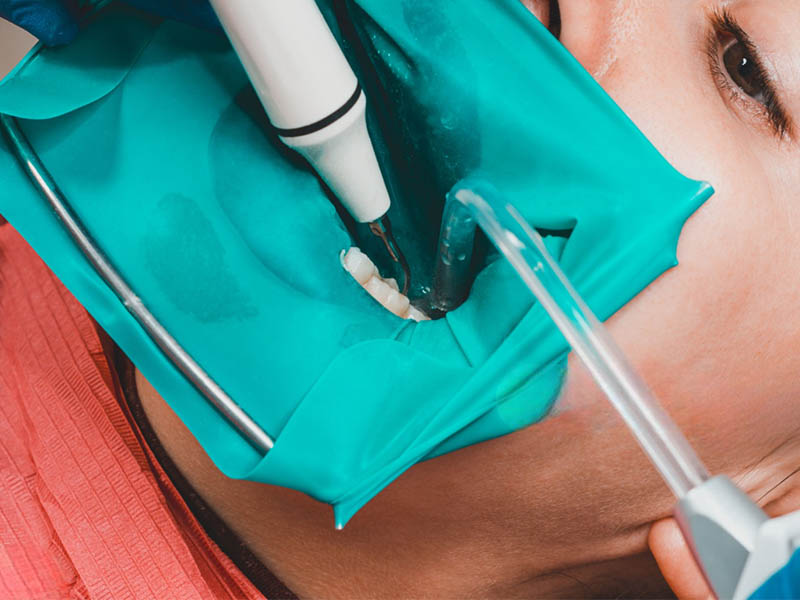
How Long Dental Sealants Last: My Take on Durability and Care
When my family first got sealants, I wondered how long they’d last. Would I be back at the dentist right away?
From what I’ve seen—and the research agrees—most sealants last about 5 to 10 years as long as you take care of your teeth. Chewing, hard snacks, and sticky foods can wear them down, but they’re built to last under normal eating.
Now, sometimes sealants chip or wear out. That’s why regular dental visits matter. My dentist checks ours every time we go. If one chips (which happened when my youngest bit ice), the dentist just cleaned the tooth and put on a new sealant. Easy.
One big tip:
Sealants are “put it on and forget it” protection, but only if you keep up with your regular checkups. That way, any problems get fixed before you get a cavity.
Are Dental Sealants Safe? Calming Real Worries
This was the number one thing I worried about, especially for my kids. I had heard concerns about BPA and chemicals. Here’s what I found out after a lot of digging and chatting with the dentist:
Dental sealants are one of the safest things you can do to stop cavities. They sit right on the tooth surface—they don’t go into your whole body like medicine.
About BPA:
Some people worry about BPA, a chemical found in some plastics. I looked into it, and here’s what helped me feel better:
- The tiny amount of BPA in some sealants is way less than what health experts say is safe.
- The quick, small exposure from a sealant is much lower than what most people get from food wrappers and other things.
- Groups like the American Dental Association (ADA), CDC, and FDA all agree: dental sealants are safe for both kids and adults.
My family has had sealants for years and never had problems like allergies or weird tastes. The worst that’s happened? A chipped sealant that was fixed in minutes.
If you’re extra sensitive, ask your dentist about the material options. They even have BPA-free sealants now.
Are They Worth It? The Cost and Insurance Basics
Let’s be honest—dental care can get pricey, especially if you have kids. When my dentist first suggested sealants, I worried about the cost too.
Here’s what changed my mind:
Dental sealants are a smart way to save money. They keep you and your kids from needing much costlier fillings, crowns, or even having teeth pulled later. Every study I read—including ones from the ADA and CDC—shows that every dollar spent on sealants can save almost two dollars in later dental bills.
Insurance:
I was surprised how many plans cover sealants for kids as a “preventive” service. Ours did, and lots of Medicaid and CHIP programs also help out. Grown-ups get less coverage, but some plans pay for certain teeth if you’re at high risk. Always double-check with your insurance.
Community help:
If money is tight, check out school or community dental sealant programs. I have friends who got their kids’ sealants free or for a low price at local health clinics. It’s more common than you might think.
For me, it was worth it. The peace of mind and not worrying about cavities made the cost seem small.
Adding Sealants to Your Usual Dental Care
Think of sealants as your secret weapon—they’re awesome, but not a replacement for the basics. They only guard the chewing part of your back teeth, so you still need to brush, floss, and see your dentist.
Here’s what works for us:
- Brush and floss every day:
Sealants make molars easier to clean, but they don’t cover the whole tooth. Keep using fluoride toothpaste and don’t slack on flossing. - Watch your snacks:
Fewer sweets and sticky foods mean your sealants—and teeth—last longer. - Visit your dentist often:
Get those sealants checked every 6 months. If there’s a problem, your dentist will fix it fast.
Sealants work even better if you also get fluoride treatments. Where sealants cover the tiny grooves, fluoride toughens up the flat parts. My dentist calls them “the perfect team” to stop cavities.
Wrapping Up: Why Dental Sealants Matter
I’ll be honest—with sealants, I didn’t see how powerful prevention could be until I watched my kids go years without a single cavity. I know firsthand getting a filling is no fun—and expensive. Sealants are fast, painless, affordable, and they really work. For families and anyone who’s battled cavities, they’re a big win.
If you’re unsure, ask your dentist. From my experience, just knowing the facts was super helpful. There’s no downside to getting a little extra protection for your back teeth.
Table: Stats and Facts That Convinced Me
| Fact or Number | Where I Saw It | What It Means |
|---|---|---|
| Up to 80% fewer cavities in first 2 years with sealants | CDC, Cochrane | Most new chewing surfaces stay cavity-free after sealant is put on. |
| Still protects 50% of teeth after 4 years | CDC, NIDCR | Even after some wears off, you’re still better protected. |
| $1 spent saves $1.75 in future dental work | ADA, public studies | Sealants often pay for themselves by stopping big problems. |
| Kids without sealants get almost 3x more cavities | CDC NHANES | Huge difference in tooth decay, especially for school-age kids. |
| 85-90% still have sealants after 1 year; 50-70% after 2-4 years | Clinical studies | Most sealants last a long time; repairs are easy too. |
| BPA in sealants is super low—way under safety limits | FDA, ADA, EFSA | Health experts say no real risk for kids or adults. |
| School sealant programs stopped 1+ million cavities for low-income kids in 4 years | CDC, MMWR | Big difference for public health! |
| About 1 in 2 U.S. kids have at least one sealed molar | CDC (2019) | Good progress—let’s get even more protected. |
| 90% fewer cavities in new molars right after sealing | Research studies | It works best when done right as those teeth come in. |
Questions I Had—and the Answers I Found
Looking back, what really helped was asking questions and getting real answers. If you’re wondering…
- “Are sealants worth it for my child—or me?”
- “Are they really safe, even for the long run?”
- “How do I get insurance to pay for sealants?”
…then you’re on the right track. Don’t be afraid to ask your dentist for info you trust. For me, dental sealants turned out to be one of the best, simplest ways to keep my family’s smiles healthy.
Want to make cavities a thing of the past? My advice: Talk to your dentist. Ask questions. And think about how easy it is to block decay, one tooth at a time.

